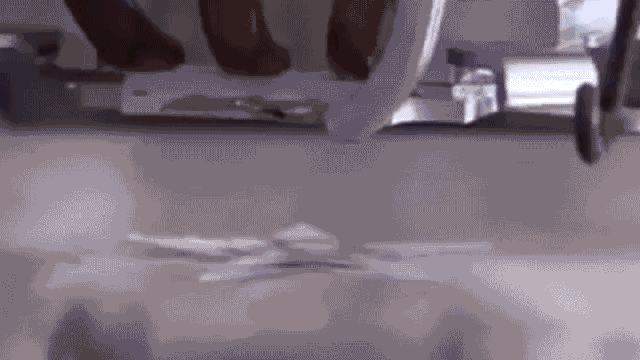Much like cassette tapes, land lines and broadcast TV, one day, “some assembly required” might be a phrase that’s completely foreign to kids, as researchers at North Carolina State University take another important step toward creating objects that can automatically assemble themselves.
Back in 2011, the same research team’s original attempts to make self-assembling origami objects used black lines printed on plastic sheets — not unlike the popular Shrinky Dinks toys — to self-fold when exposed to UV light. The black portions would absorb light and shrink, causing the flat sheet to fold itself into a 3D shape.
However, the complexity of that 3D shape was limited given all of the folds would happen at the same time. If you’ve ever folded an origami crane from a single sheet of paper, you know there’s a specific sequence of folds that needs to be followed.
To create more complex self-folding structures, the North Carolina State University researchers simply added a little colour. Instead of only printing black lines on the flat polymer sheets, coloured inks were used that would react, or not react, based on the colour of light they were subjected to.
Different coloured objects absorb and reflect different wavelengths of light — the reason something looks red is because it’s absorbing all colours of light except that shade. By assigning the fold lines on the flat polymer sheets a specific colour, the researchers were able to control the folding sequence by blasting it with different coloured lights that triggered the folds one by one.
It’s a development that anyone who has ever lost countless hours — or a loving relationship — while trying to assemble IKEA furniture will appreciate. But there are more practical applications for this research, including compact satellites that unfurl into complex structures in space, complicated robots that are still small enough to fit into areas humans can’t, or self-folding proteins that can be targeted for specific functions in the human body. Also, have you ever tried folding an origami crane? It isn’t easy.
[Science Advances via New Atlas]
